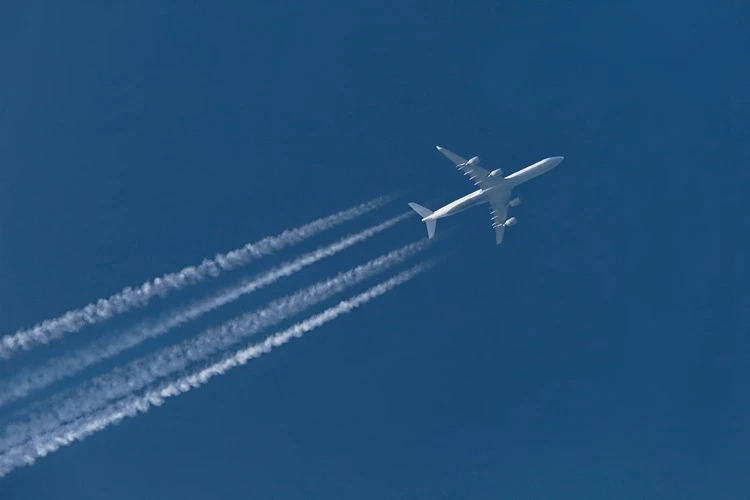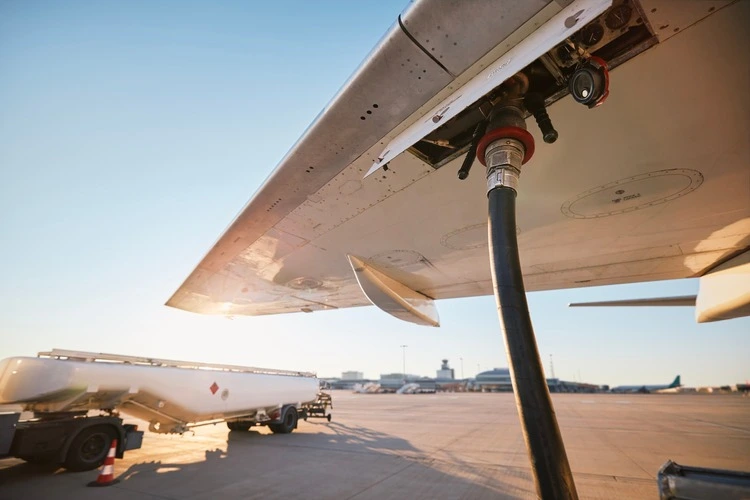
Planes avoiding Russian airspace must take significant detours, leading to global aviation CO2 emissions to rise by 1 per cent in 2023
By
A new study has revealed how CO2 emissions in the global aviation industry have increased due to the Russia-Ukraine war, as planes continue to face airspace restrictions and must take longer diversions to get to destinations.
Since Russia’s invasion of Ukraine in February 2022, Western airlines have been banned from flying over Russia, a move that has led to planes using 13 per cent more fuel on average compared to their original routes, and consequently taking much lengthier journeys. For example, a flight between Tokyo and Frankfurt had a duration of around 10 and a half hours prior to the war; now, that same flight takes approximately three hours longer. Today, Finnair’s flight to Tokyo from Helsinki lasts 13 hours, a journey previously taking nine hours.
In the study, conducted by the University of Reading and published in Communications Earth & Environment, researchers estimated around 1,100 flights were affected per day. In total, this caused the global aviation industry’s total CO2 emissions to rise by 1 per cent in 2023 due to the Russia-Ukraine war.
Related reads:
Globally, such detours represented an added 8.2 million tonnes of CO2 to global aviation emissions in 2023 alone – equivalent to the emissions of more than 1.7 million passenger vehicles.
By using flight tracking data and computer models, researchers were able to ascertain which routes underwent major changes in their fuel consumption. Flights between Europe and Asia were most impacted, experiencing a 14.8 per cent increase in fuel consumption, while flights between North America and Asia experienced a smaller increase of 9.8 per cent through the significant detours being made.

During the study, researchers also measured the impact of airspace restrictions over Libya, Syria and Yemen.
They found planes avoiding Libya’s airspace used 2.7 per cent more fuel on average, compared to those avoiding Syria with a 2.9 per cent increase in fuel consumption. Detours around Yemen led to planes using 4.3 per cent more fuel.
Conflicts in each of these countries mean between 60-100 flights per day must undertake detours, a much smaller number that those impacted by the Ukraine war. As such, the collective impact of these flights on global aviation emissions was less than 0.2 per cent.




